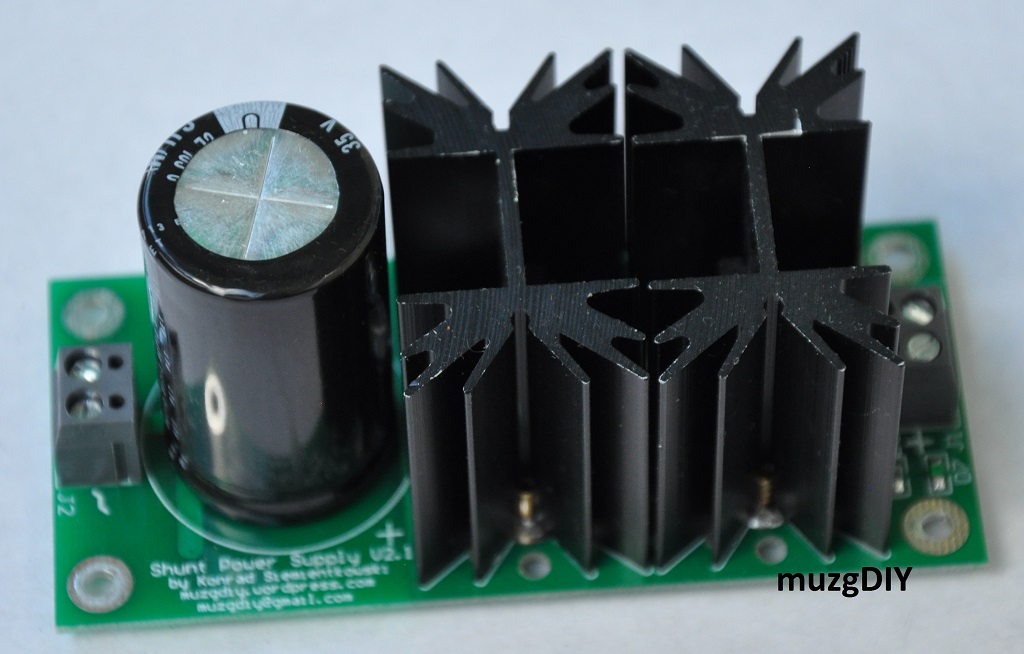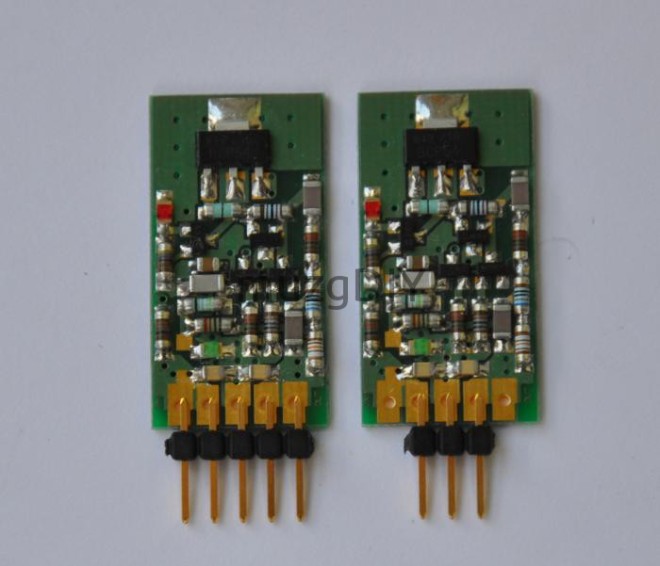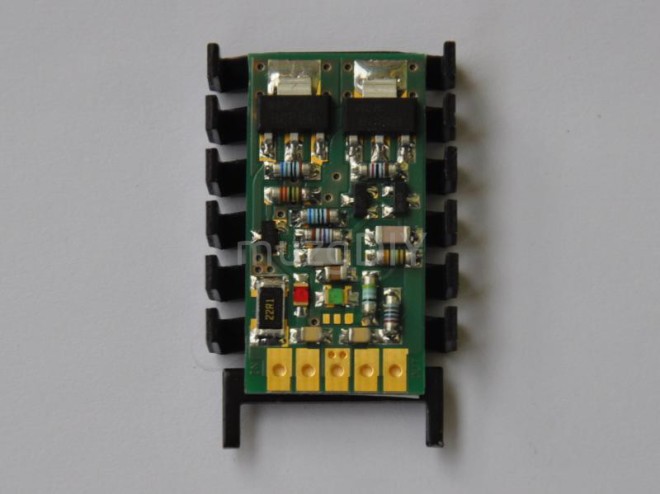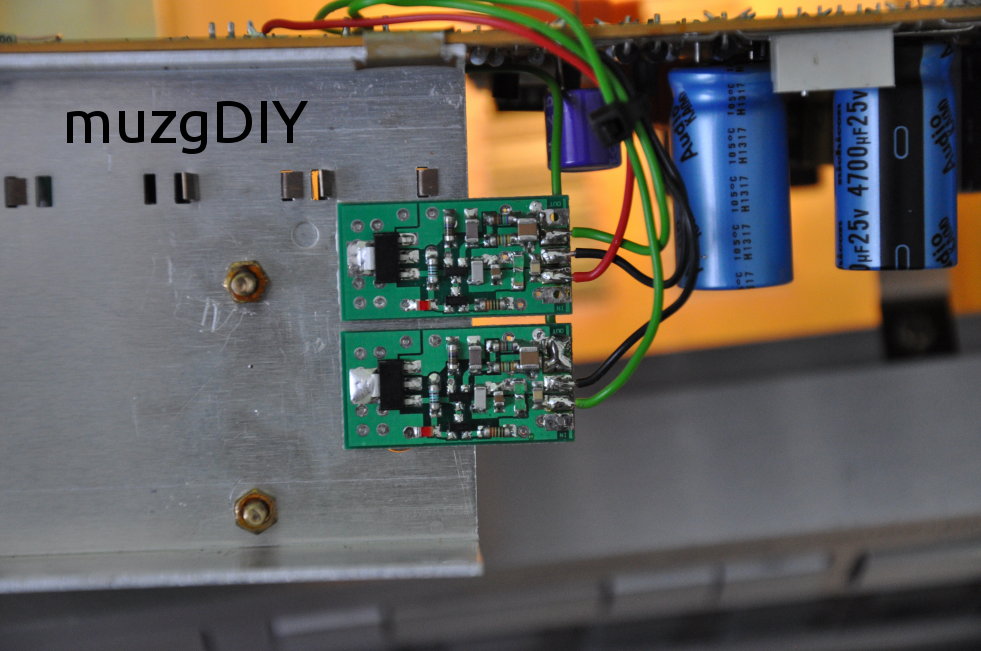Shunt power supplies always are not so simple in use as series but all shunt fans knows, that this effort will pay of. And for that people’s I have got something special. New power supply with high current capability. Input CCS can be set up to 1000mA!

For everyone who would like to say that it is Salas I want to say: you are wrong! It is my proprietary, bipolar design, similar to V8.0 regulator and taking best from both – V3.1 and V8.0 regulators.
Designed in the way that can be used instead of popular „S” power supplies or even replace it in ready designs. Comparing to its famous competitor:
– requires less voltage drop across regulator – typically 1,5V
– is more flexible – from few up to 1000mA BIAS current
– output voltage can be set from 3 to 15V by fixed resistor or helipot.
– very stable output voltage during warming – no more worry about your circuit!
– stable output voltage in function of output current – no more worry about your circuit!
– CLC input filter to block noise in both ways
From user experience I can guarantee that performance and sound is similar or even better.






